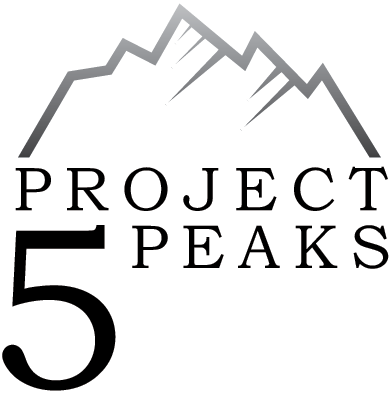Objective #1 - Khan Tengri (7.010m) "Lord of the skies"
As our departure day grows closer, it's time to introduce our main objectives. Last year we climbed Peak Lenin (7.134m). With this year's expedition we are moving some 700 kilometres away from the Trans-Alay range of the northern Pamir Mountain System. This leads us to the Tian Shan Mountains which are located on the Kyrgyz-Chinese border.
One of our objectives is the mountain Khan Tengri. A peak laying on the tripoint of Kyrgyzstan, Kazakhstan and China. It is undoubtedly one of the most beautiful peaks in the world thanks to its symmetry and geometric ridges.
There is a controversy on the peak heigths. The geological elevation is 6.995 meters whereas its height with glacial cap is around 7.010 meters. Due to this fact, Khan Tengri is counted as one of the Snow Leopard 7000+ peaks.
It is the second highest mountain of the range Tien Shan. However, due to its shape and prominence above the valley, it was considered to be highest one for centuries until 1943 when Jengish Chokusu (Pobeda Peak) was declared to be higher.
Khan Tengri is usually climbed from one of two camps located on either side of the mountain. One base camp is located on southern branch of Inylchek glacier in Kyrgyzstan, the second camp on Northern Inylchek Glacier. Both base camps are usually served by helicopter flights from Kazak/Kyrgyz border further north. As we are also aiming to climb to Jengish Chokusu (Peak Pobeda) which is served from the same base camp on Southern Inylchek Glacier, we decided to take the heli ride there.
We will to try to progress on mountain via Southern classical Pogrebetsky route (West Ridge - red route in the picture), which is classified as 5a in Russian grade. It has more objective dangers than the classical route from the north, this is something we have to deal with and be smart in our timing. The route reaches the col in 5800m where it joins the route from north and continues via West Ridge to the summit.
The route has several camps, the first is located in distance just 300m above base camp in 4.300m altitude. We will use it as our Advanced Base Camp supplied with all equipment and enough supplies. The further progress on the mountain is done via complexicefall on the way to camp 2 in 5.300m, which is in a relative safe zone. Camp 3 is further up on the col on the West Ridge in 5800 m where overnight is often done inside the ice caves. This is already a freezing place with temperatures between -20c and -30c.
The final summitpush on the mountain is directly from Camp 3. It is long and strenuous climb via Western ridge that requires 10-15 hours of climbing with 100% concentration. At around 6.500m we will enter the summit coulouir which brings steep ice and snow sections of 60° technical mixed climbing.
Stay tuned for more info on Jengish Chokusu (Peak Pobeda, 7.439m)!
